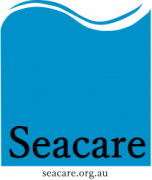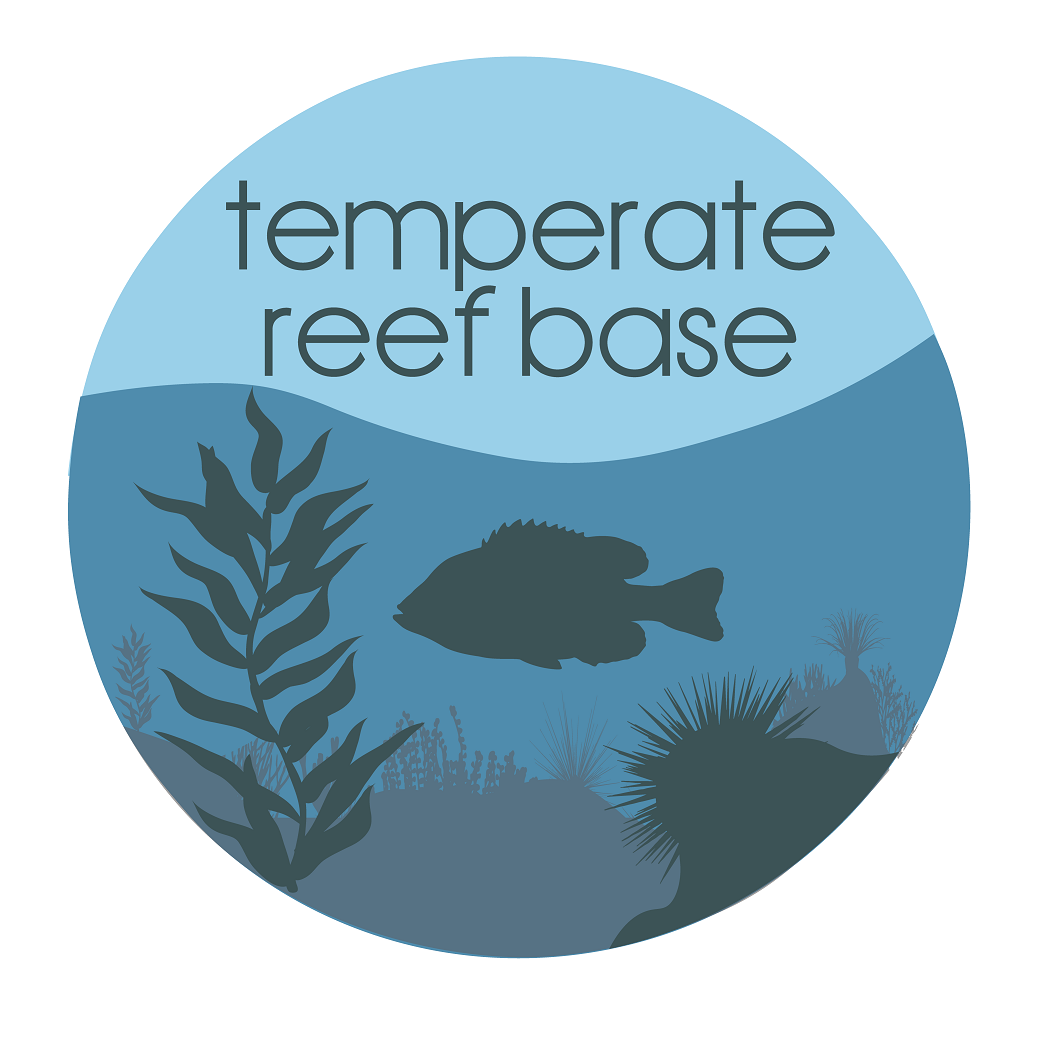research vessel
Type of resources
Topics
Keywords
Contact for the resource
Provided by
Years
-
A comprehensive and detailed multibeam sonar-based map of the shelf-break region of the Central Flinders Commonwealth Marine Reserve (CMR). It illustrates the extent that several canyon-head incisions are present in this region, and that inset from the shelf-break is a relatively extensive area of cross-shelf reef. Some of the canyon-head incisions are characterised by exposed reef areas, and these are indicated by localised regions of rapid change in depth. The cross-shelf reef is generally very low profile, but characterised by distinct reef ledges where bedding planes in the sedimentary rock types have eroded. These ledges, often between 1-2 m in height, can run for several kilometres as distinct features. The method of data extraction is based on Lucieer (2013). Three are three classes of seafloor map- one from GEOBIA, one from digitisation and one from Probability of Hardness based on Angular Profile Correction. Lucieer, V (2013) NERP broad-scale analysis of multibeam acoustic data from the Flinders Commonwealth Marine Reserve, Prepared for the National Environmental Research Program. Internal report. IMAS, Hobart, TAS [Contract Report]
-
Rocky reefs form an important habitat on the continental shelf and one subject to disproportionate fishing pressure given the high productivity of this habitat relative to adjacent sandy seabed. Despite this, little is known of the extent and nature of these systems beyond their value to the fishing industry. This project collated all known mapping data from government and industry (including data acquired during CERF and NERP Hubs) to provide an updated map of this key habitat around Australia. A geomorphological classification system is also being developed for these reefs, and associated cross-shelf habitats with the aim of it being accepted and adopted nationally, and it is being tested and refined for biological applicability. This record describes the national habitat map data product generated from multiple datasets collated as part of NESP MBH Project D3. The individual habitat mapping datasets collected as part of the data collation process have also been published and are linked to this record.
-
Bathymetric contours (5 m interval) for Tasmanian coastal waters from the LWM (Low water mark) to 40 metres in depth or 1.5 kms from shore (whichever boundary is first identified). Detailed bathymetric contours were developed to be used to fulfill coastal management objectives according to The Living Marine Resources Act 1995.
-
Phytoplankton was counted and identified from five sites over the 5-year period. Annual cycles in abundance are available (as cells mL-1), along with detailed species identification. Cell measurements and approximate geometric shape were also recorded for the calculation of biovolume (μL cell-1). Diatoms and dinoflagellates dominated the samples in terms of biomass, however, small cells were also very abundant throughout each year. The data are restricted to an integrated sample from the top 12 m of the water column. Fluorescence profiles elsewhere in this dataset can provide an indication of phytoplankton presence lower in the water column.
-
Water samples for the analysis of pigments using High Performance Liquid Chromatography (HPLC) were collected only in the first 12 months of the sampling program. Pigment analysis is used to estimate algal community composition and concentration. Pigments which relate specifically to an algal class are termed marker or diagnostic pigments. Some of these diagnostic pigments are found exclusively in one algal class (e.g. prasinoxanthin in prasinophytes), while others are the principal pigments of one class, but are also found in other classes (e.g. fucoxanthin in diatoms and some haptophytes; 19′-butanoyloxyfucoxanthin in chrysophytes and some haptophytes). The presence or absence of these diagnostic pigments can provide a simple guide to the composition of a phytoplankton community, including identifying classes of small flagellates that cannot be determined by light microscopy techniques. There was general similarity in pigment composition between all sites, with a presence of diatoms (as indicated by fucoxanthin), haptophytes (hex-fucoxanthin), prasinophytes (prasinoxanthan), cryptophytes (alloxanthan), cyanophytes (zeaxanthan) and green algae (chl-b) in nearly all monthly samples at all sites. The green algae could be in the form of euglenophytes or prasinophytes; the absence of the pigment lutein in all samples indicates that chlorophytes are not present in Storm Bay, at least at the sites sampled.
-
The occurence and distribution of zooplankton species off the east coast of Tasmania was investigated between 1971 and 1973. Samples were collected at stations distributed along three transects extending seaward. Temperature and salinity data was collected at the same time.
-
The SeaMap Tasmania project undertook mapping of seafloor habitats across the nearshore Tasmanian coastline (0-40 m) - the first state to compile a statewide asssimilated benthic habitat dataset. This initiative comprised of collating aerial photography (from archives), acoustic mapping, and conducting underwater video surveys and field-based visual observations. From this, 1:25,0000 scale habitat maps were created for shallow coastal water to within 1.5 km of the coastline (or 40 m depth, which ever was arrived at first). This record provided access to the raw video and associated annotations from video transects, which were subsequently used as validation (ground-truthing) for habitat mapping. A submersible digital video camera was deployed at selected locations around the Tasmanian coastline. These samples were used to verify the aerial photography and echo sounder substrate classification and obtain more detailed information on biological assemblages. Transects were undertaken from the LWM (Low water mark) to 80 metres in depth or 1.5 kms from shore. Positional information was recorded for each video drop as a series of DGPS coordinates and also as a direct overlay of the DGPS output (position, date and time) onto the video.
-
The Tasman Fracture CMR AUV survey was a pilot study undertaken in 2014/15 as part of the National Marine Biodiversity Hub's National monitoring, evaluation and reporting theme. The aim of this theme is to develop a blueprint for the sustained monitoring of the South-east Commonwealth Marine Reserve Network. The particular aim of the survey was to contribute to an inventory of the distribution and abundance of southern rock lobster (Jasus edwardsi). Data contained here represents the data collected from lobster potting component of the study. This includes lobster abundance, gender and length. Bycatch is also recorded.
-
Zooplankton samples were collected at two sites in south eastern Tasmania, between the years 2000 and 2001 using two types of plankton net. Samples were collected using horizontal hauls during the daytime only. All copepods, salps and chaetognaths were identified and enumerated.
-

This record describes an aggregated data product compiled from a number of different surveys of Macrocystis surface cover in Tasmanian waters, spanning 1950 to 2019. Some surveys represent a statewide census of Macrocystis cover, while others are targeted surveys of smaller regions. Methodology and data quality may also vary between surveys. Please see linked metadata records for specific methodologies and quality statements applying to individual surveys.
 TemperateReefBase Geonetwork Catalogue
TemperateReefBase Geonetwork Catalogue